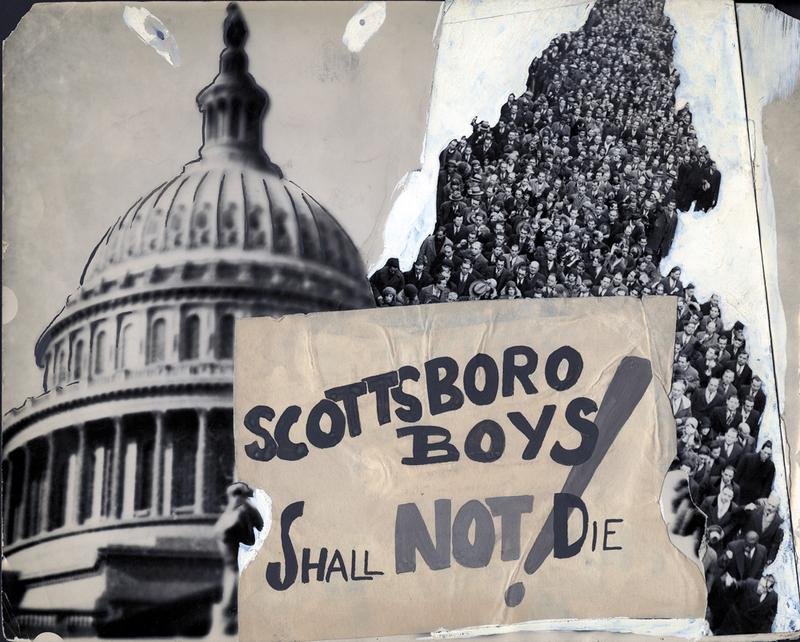American Worker-Photography in the United States, 1930–1936
While the filmmaking activities of the Workers Film and Photo League of New York (1930–1933) have been noted by scholars, the group’s photographic production remains unexplored. This essay recovers published images and press prints from the photograph morgue of the Daily Worker to characterize the League’s visual program. Where the conventions of occupational portraiture framed the worker as such, League members instantiated a vision of the worker as an embodied political subject. The article examines this tendency as it developed through the relational dynamics between photographer and subject; through photographers’ insistence on signage as a textual system within the image; and through photographers’ experimentation with photomontage. Analyzing this visual corpus provides the basis for reassessing the historical role of American workerphotography within domestic and transnational contexts.

Workers Film and Photo League, « Les garçons de Scottsboro ne doivent pas mourir ! », photomontage (tirages argentiques, encre et gouache blanche sur papier), circa 1930-1934, 20,3 × 25,4 cm. New York University, Tamiment Library, Daily Worker and Daily World Photographs Collection (boîte 98, 19168).
Margaret Innes is a postdoctoral researcher in the Department of Art and Music Histories at Syracuse University. This essay draws on her dissertation, “Signs of Labor in the American Photographic Press, 1926–1951”, completed at Harvard University in 2019.
Keywords: Workers Film and Photo League of New York, photomontage, illustrated press, worker-photography, United States
Citation: Margaret Innes, « Prolétariat et quatrième pouvoir. La photographie ouvrière aux États-Unis, 1930-1936 », Transbordeur. Photographie histoire société, no. 4, 2020, pp. 70-81.